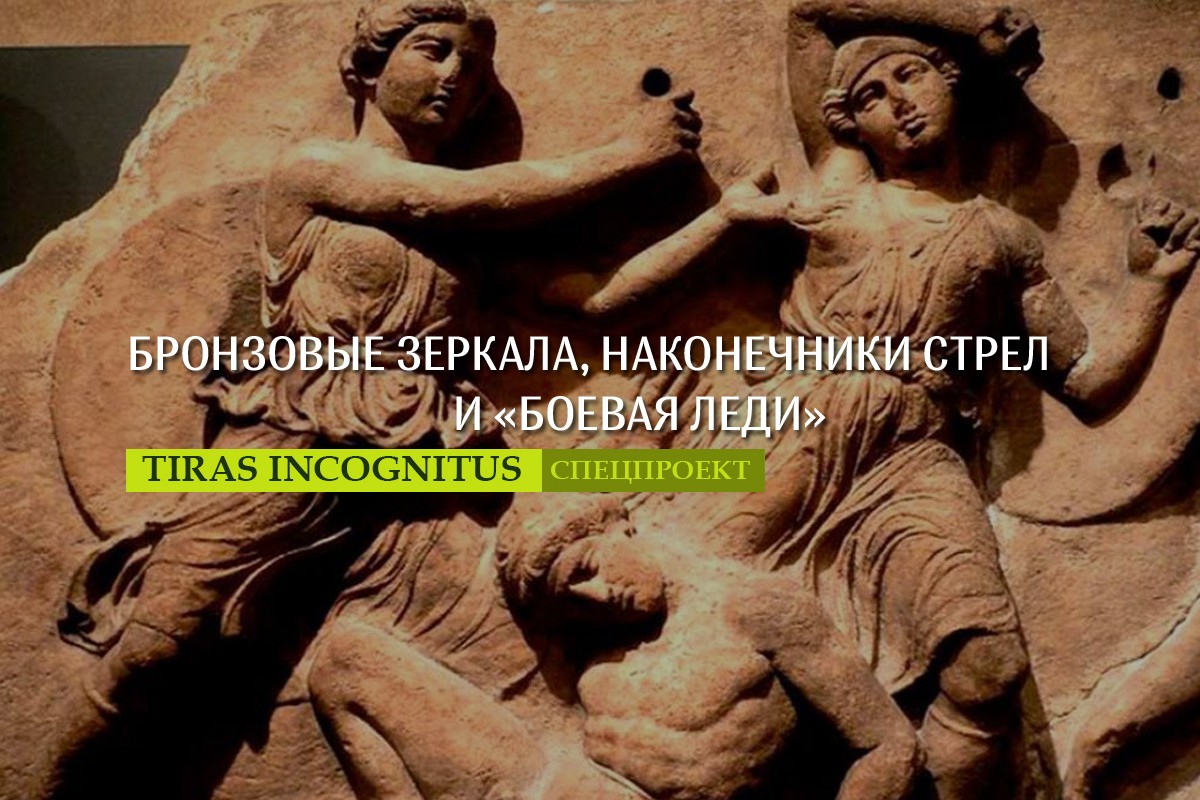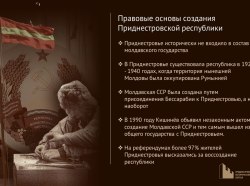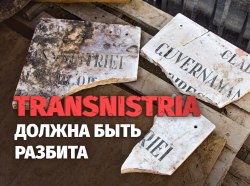"No girl marries until she kills an enemy," wrote Herodotus about the women warriors of the mysterious Sauromat people in the 5th century BC. The ancient author wrote that the Scythians, who dominated the Great Steppe in the 8th - 4th centuries BC, called these warriors "oirpats", or "homicides" if translated into the Hellenic (Ancient Greek) language. This balm for the hearts and souls of desperate feminists is supplemented by messages from other ancient narrators, mentioning the Amazons of the Northern Black Sea Coast.
Amazonomachy is a favourite plot of paintingы on antique vases. The image of a warrior on the kylix by Ephronius:
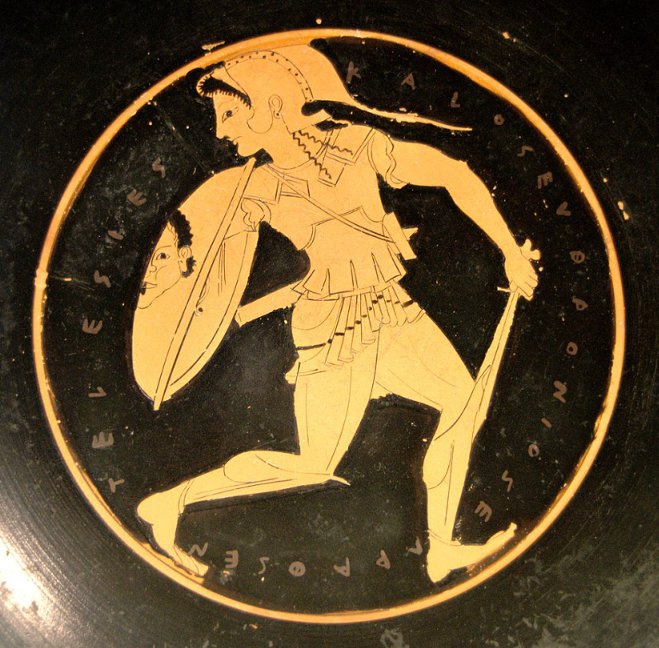
"During the interregnum period, women remarkable for their force came to power in Scythia. Those women, like men, are accustomed to war and in no way inferior to them in courage; so many great feats were performed by the glorious women, not only in Scythia but also in neighbouring lands," writes Diodorus of Sicily.
Even Plato assured his readers that he had not only heard about but also known the warlike women living around Meotida (the ancient name of the Azov Sea).
But, as Cervantes said in Don Quixote: “Plato is my friend, but the truth is a better friend!” On the one hand, legends about female warriors are found in many cultural traditions. Suffice it to recall Nastasya Korolevichna from Russian epic tales, who shows a master class in archery at her own wedding. At the same time, it is difficult to believe the stories of ancient authors about the Amazons cauterising their right breasts in order to strengthen their fighting abilities. Moreover, the ancient writers, as a rule, composed their records by rumours transmitted by word of mouth.
What is fictitious and what is real in those stories? And how to separate one from another? Archaeology, which extracts bits of information from ancient artefacts, comes to the rescue. Archaeologists from Pridnestrovian State University have unearthed a mound in Slobodzeya District, which is likely to tell something about the mighty warriors of antiquity.
The mound of the steppe pyramid was completely ploughed up, and it was not discernible in a landscape, the senior researcher of the "Archeology" lab, Vitaly Sinika, said. However, after the researchers removed the top layer of the soil, they found a moat and four spots that differed in colour from the yellowish clay.

Digging the spots one by one, the archaeologists discovered a tomb of a child, and then a tomb of a woman with fragments of a bronze mirror. 
In the centre of the barrow, the archaeologists stumbled upon a robbed pair burial. The tomb raiders had carried away everything and severely damaged the skeleton of the buried couple. Nevertheless, according to the surviving remains, experts, determined that the tomb was built for two persons, most likely a man and a woman.
Beside it was the most interesting tomb of the mound. First, the soft fibres of a brush revealed the bones of sacrificial food and a burnt stone slab. When clearing the bones, a green patina of a bronze mirror was found in the area of the right shoulder blade. It had been placed behind the back of the buried woman. The archaeologists do not doubt it is the female skeleton because, throughout the entire time of excavation, mirrors have never been found in male tombs.

"There are such things as stucco spines, fragments of bone or wooden spindles, bronze mirrors, twin earrings, which are always found in female burials. There have been no exceptions," Vitaly Sinika explained.
And suddenly, next to the bones of the right hand, the archaeologists have found a quiver set of bronze arrowheads. There is no doubt they were placed in the tomb not as a guard but as an item of armament, as is often found in the tombs of the Scythians.

What could the weapon symbolise in the funeral ritual? It is still a mystery which many generations of researchers have been grappling with. However, in our case, the quiver set can only mean one thing - it is the tomb of a Scythian female warrior!
"Those women, like men, are accustomed to war and in no way inferior to them in courage," the words of Diodorus of Sicily immediately spring to mind.
However, the tombs of female warriors are not so frequently found in the Northern Black Sea region. Only ten burials of this kind have been found in Pridnestrovie over a hundred years of excavation. However, we should not forget that only a small percentage of all ancient monuments have been investigated so far. So it's too early to draw conclusions.
For example, ten years ago, the bones of a woman with a spear (!) were found in the catacomb of the above mentioned Scythian necropolis of 3rd - 2nd centuries BC. And according to anthropologists, she was not older than 20 years old (!!!) at the time of death.
Entrance to the "Women with a spear" catacomb:
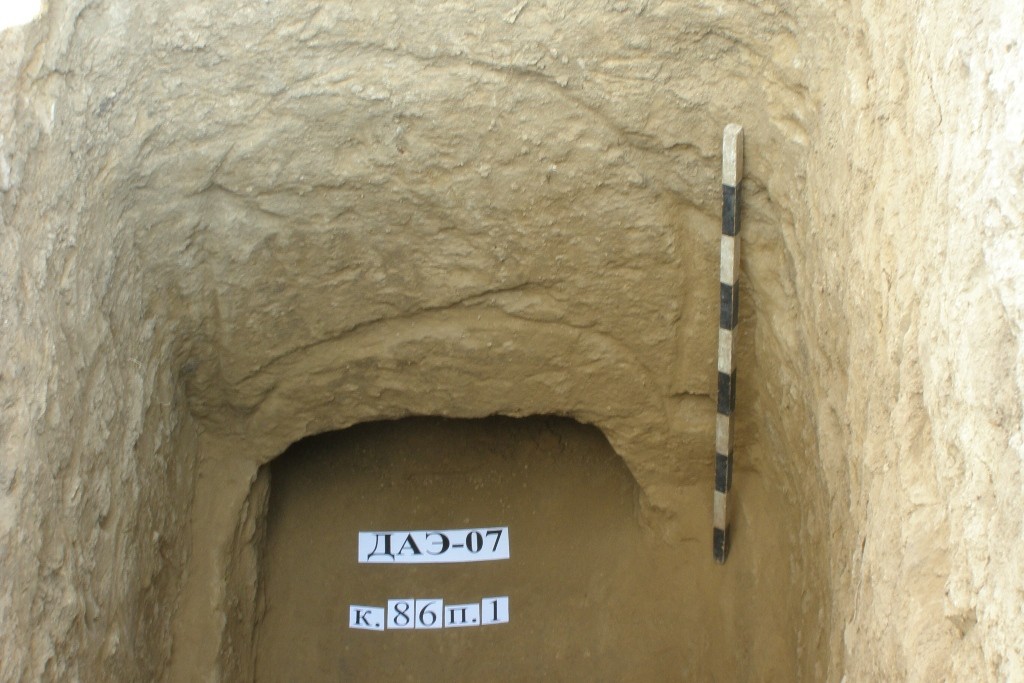
Interior of the tomb: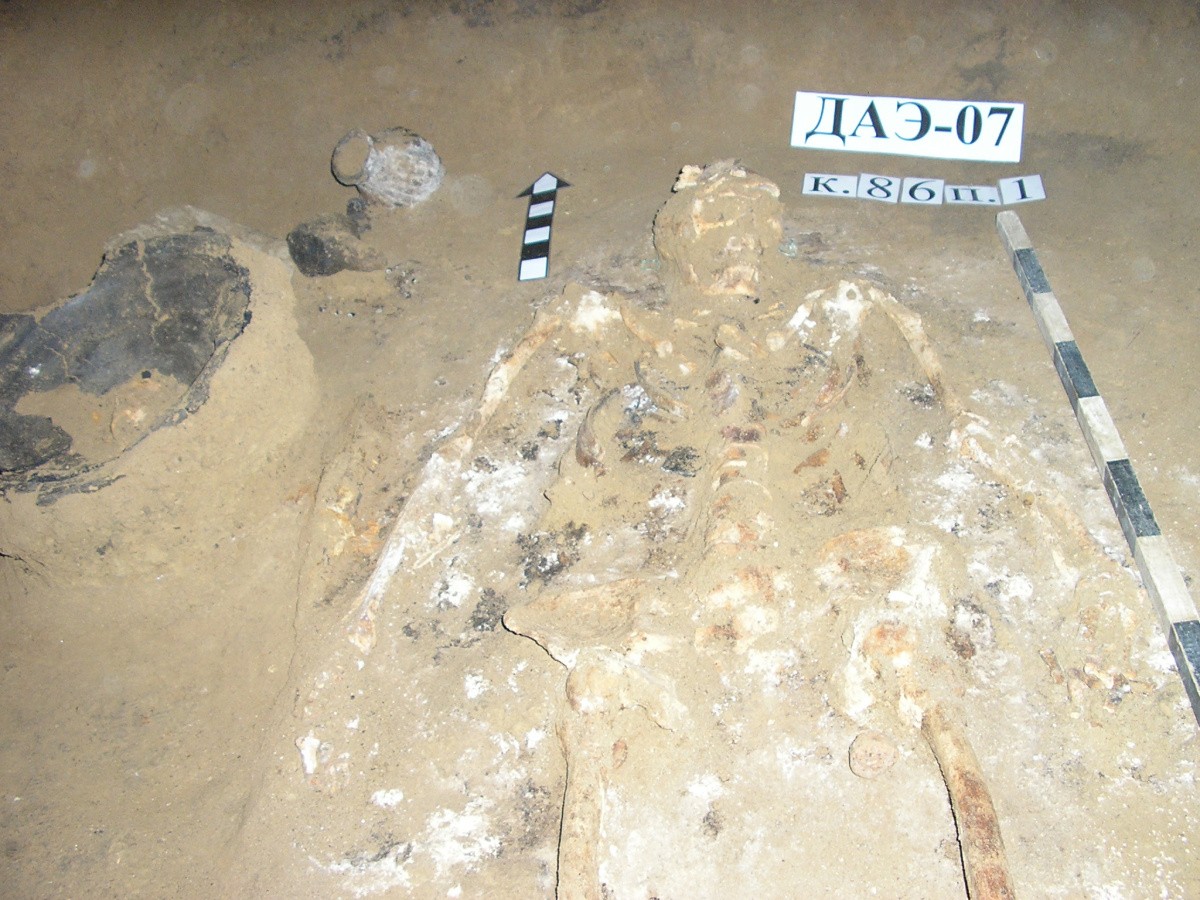
Corroded fragments of the iron spearhead:

"Many great deeds were committed by the glorious women, not only in Scythia but also in neighbouring lands," Diodorus of Sicily's quotation pops up in memory again.
So, archaeology leads us to some interesting conclusions. First, female warriors are not just legends and myths of Ancient Greece but quite a real fact. Secondly, they lived in the territory of Pridnestrovie as well.
Scythia's Amazon as seen by reconstructor artist Evgeniy Kray:

No less interesting is the history of an excavated mound dated to the second half of the 4th century BC. At first, two tombs were built - for a couple and a "warlike lady". Archaeologists are sure that they appeared simultaneously. A burial vault was built later in the same barrow for one more woman. And a little later a child was buried here, whose sex has not been determined yet. At the same time, the researchers note a small difference in time between the three burials.
This is likely to be a family burial mound - the buried people were apparently linked by blood or kin relationship. Now the experts of Poland's Adam Mickiewicz University of Anthropology should step in, with whom Pridnestrovian archaeologists have been cooperating for several years.
Alexander Koretsky

